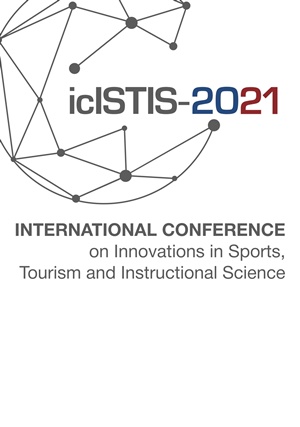ENHANCING AEROBIC TRAINING EFFICIENCY THROUGH ARTIFICIAL RESPIRATORY MEDIA
Abstract
Aim. This study investigates the efficacy of artificial respiratory media in enhancing aerobic performance during physical endurance training. Materials and methods. Forty male participants were randomized into two groups. The training protocol consisted of 10 cycles, each involving a 4-hour session in the test facility, during which participants performed standardized physical exercises. The main group (n = 20) trained under the following breathing conditions: argon (30–35%), oxygen (4–13%), and nitrogen. After each session, participants in Subgroup A (n = 10) were exposed to hyperbaric conditions (0.05 MPa) for 60 minutes in a gas mixture of argon (35%), oxygen (25%), and nitrogen (40%). Participants from Subgroup B (n = 10) recovered under normobaric conditions. The Control group (n = 20) performed identical exercises in a normoxic-nitrogen environment with progressively reduced oxygen levels: 19% (cycles 1–2), 18% (cycles 3–4), and 17% (cycles 5–10). After each session, participants in Subgroup A (n = 10) were exposed to hyperbaric conditions (0.05 MPa) for 60 minutes in a gas mixture of oxygen (30%) and nitrogen. Participants from Subgroup B (n = 10) recovered under normobaric conditions. Results. Combined training in the main group elicited a significant improvement in maximal aerobic capacity across all 20 volunteers, with increases ranging from 5% to 9% relative to baseline levels. The mean improvement in subgroups A and B was approximately 8% and 5%, respectively (p = 0.045). In contrast, only 9 individuals (40%) in the control group exhibited an increase in aerobic performance, 8 of whom belonged to Subgroup A. The magnitude of improvement in the control group ranged from 0.5% to 5%, with mean increases of 2% in Subgroup A and 1% in Subgroup B. Conclusion. The innovative technology under development demonstrates efficacy in enhancing physical endurance training, attributable to the multimodal physiological effects of the applied barotherapeutic agents. This approach may serve as an effective strategy for optimizing training adaptations in individuals engaged in endurance training.
References
References on translit
Copyright (c) 2025 Human. Sport. Medicine

This work is licensed under a Creative Commons Attribution-NonCommercial-NoDerivatives 4.0 International License.















